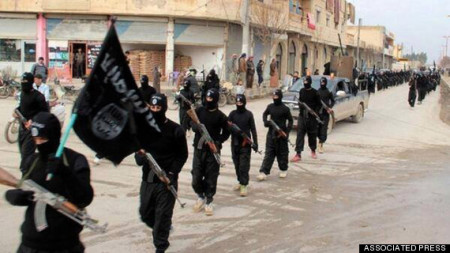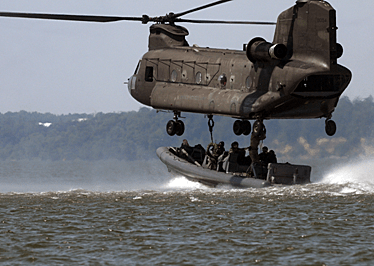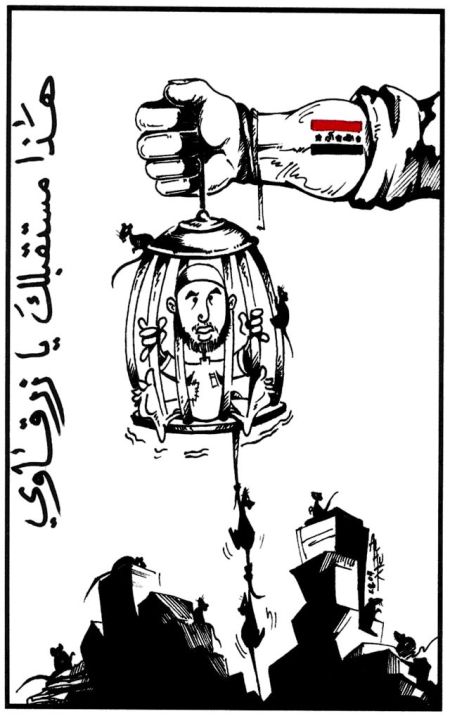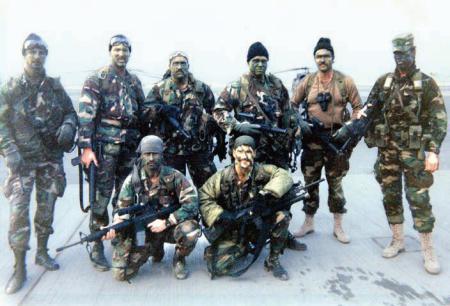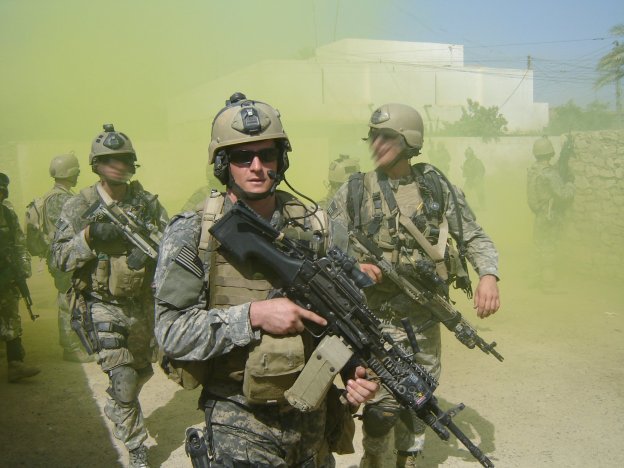Doubts are growing about the satellites, warships and other big pieces of hardware involved in the command and control of America’s military might. For the past couple of decades the country’s generals and admirals have focused their attention on defeating various forms of irregular warfare. For this, these castles in the sky and at sea have worked well. In the meantime, however, America’s rivals have been upgrading their regular forces—including weapons that can destroy such nodes of power. Both China and Russia have successfully blown up orbiting satellites. And both have developed, or are developing, sophisticated long-range anti-aircraft and anti-ship missiles.
As a result, America is trying to devise a different approach to C2, as command and control is known in military jargon. The Department of Defense has dubbed this idea “Joint All-Domain Command and Control”, or JADC2. It aims to eliminate vulnerable nodes in the system (e.g., satellites) by multiplying the number of peer-to-peer data links that connect pieces of military hardware directly to one another, rather than via a control center that might be eliminated by a single, well-aimed missile.
The goal, officials say, is to create a network that links “every sensor and every shooter”. When complete, this will encompass sensors as small as soldiers’ night-vision gear and sonar buoys drifting at sea, and shooters as potent as ground-based artillery and aerial drones armed with Hellfire missiles.
One likely beneficiary of the jadc2 approach is Anduril Industries, a Californian firm…Its products include small spy helicopter drones; radar, infrared and optical systems constructed as solar-powered towers; and paperback-sized ground sensors that can be disguised as rocks…
Sensors come in still-more-diverse forms than Anduril’s, though. An autonomous doglike robot made by Ghost Robotics of Philadelphia offers a hint of things to come. In addition to infrared and video systems, this quadruped, dubbed v60 q-ugv, can be equipped with acoustic sensors (to recognise, among other things, animal and human footsteps), a millimetre-wave scanner (to see through walls) and “sniffers” that identify radiation, chemicals and electromagnetic signals. Thanks to navigation systems developed for self-driving cars, v60 q-ugv can scamper across rough terrain, climb stairs and hide from people. In a test by the air force this robot was able to spot a mobile missile launcher and pass its location on directly to an artillery team…
Applying Artificial Intelligence (AI) to more C2 processes should cut the time required to hit a target. In a demonstration in September 2020, army artillery controlled by AI and fed instructions by air-force sensors shot down a cruise missile in a response described as “blistering”…
There are, however, numerous obstacles to the success of all this. For a start, developing unhackable software for the purpose will be hard. Legions of machines containing proprietary and classified technologies, new and old, will have to be connected seamlessly, often without adding antennae or other equipment that would spoil their stealthiness…America’s technologists must, then, link the country’s military equipment into a “kill web” so robust that attempts to cripple it will amount to “trying to pop a balloon with one finger”, as Timothy Grayson, head of strategic technologies at DARPA, the defense department’s main research agency, puts it…
Excerpts from The future of armed conflict: Warfare’s worldwide web, Economist, Jan. 9, 2021

